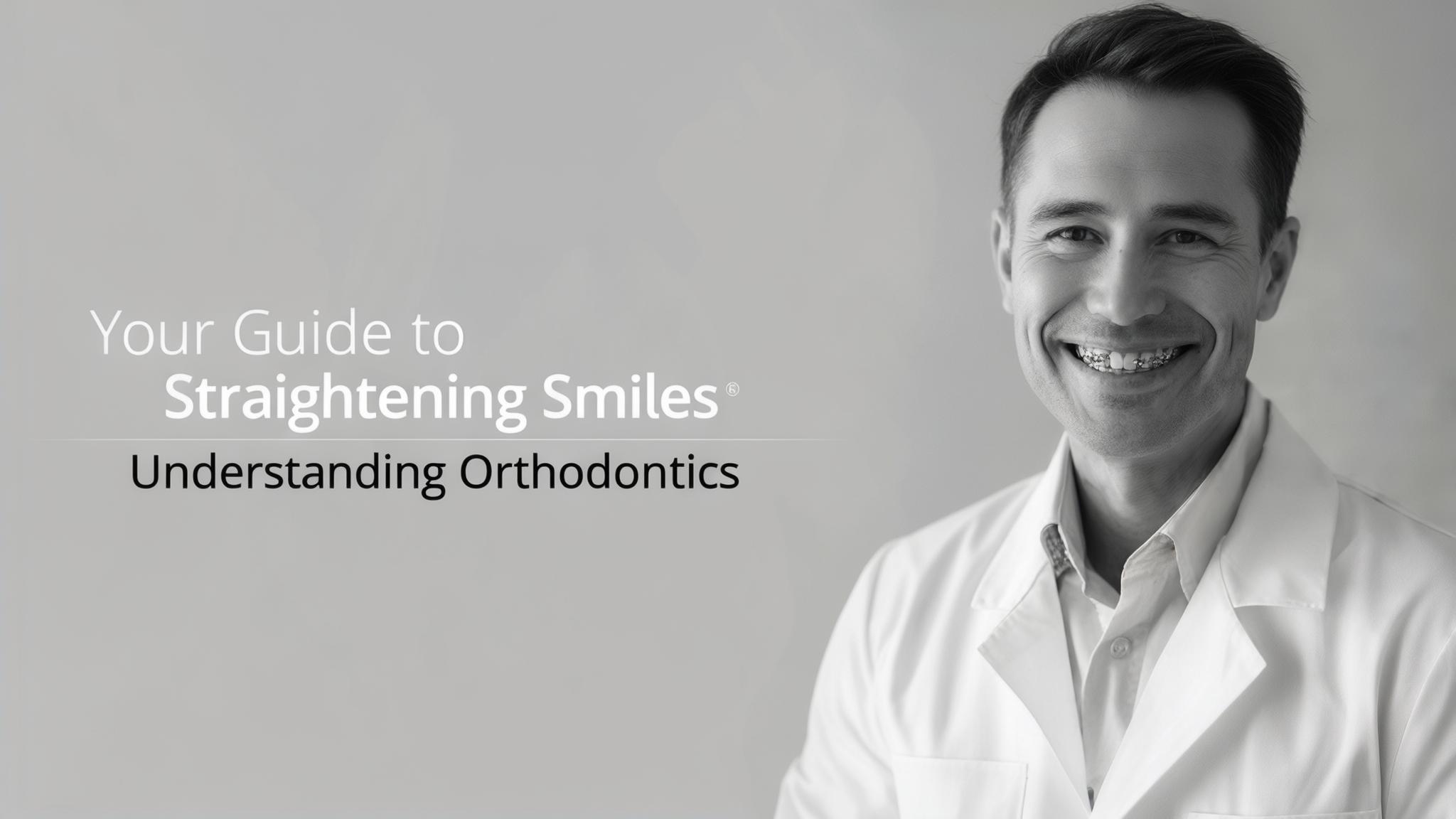What is Orthodontics?
Orthodontics is a specialized field within dentistry focused on diagnosing, preventing, and correcting misaligned teeth and jaws. It's not just about creating a beautiful smile; orthodontics plays a crucial role in maintaining overall dental health. Misaligned teeth can lead to issues like difficulty in cleaning, which might cause cavities or gum disease. This article aims to be your friendly guide to understanding orthodontics and its many benefits.
A Brief History of Orthodontics
Origins of Orthodontics
Orthodontics has ancient roots, with evidence of early practices dating back to ancient Egypt, where simple metal bands were used to correct teeth alignment. Over the centuries, techniques evolved significantly. The 18th and 19th centuries saw the development of more sophisticated tools and methods, laying the groundwork for modern orthodontics.
Key Milestones
The invention of braces in the early 20th century marked a significant advancement. Initially, braces were bulky and uncomfortable, but they have become more comfortable and effective with technological advancements. The introduction of clear aligners like Invisalign revolutionized orthodontic treatment, offering a more aesthetic and convenient option for many patients.
Understanding Orthodontics
What Orthodontists Do
Orthodontists are dental specialists who focus on correcting teeth and jaw alignment issues. They treat conditions such as overbites, underbites, crowded teeth, and jaw misalignments. Using various treatments, orthodontists help patients achieve better oral function and health.
Common Orthodontic Treatments
- Traditional Braces: Metal or ceramic brackets are bonded to the teeth and connected by wires, gradually moving teeth into the desired position.
- Clear Aligners: These are transparent, removable trays that fit over the teeth and are changed regularly to straighten teeth without the need for brackets and wires.
- Other Appliances: Retainers, expanders, and headgear are used for specific corrections and to maintain results post-treatment.
The Importance of Orthodontic Care
Health Benefits
Orthodontic treatment improves oral health by making it easier to clean teeth, thus preventing cavities and gum disease. Properly aligned teeth also reduce wear and tear on the teeth and jaw.
Aesthetic Benefits
A well-aligned smile enhances facial appearance and boosts self-esteem and confidence. The psychological benefits of a confident smile can significantly impact personal and professional interactions.
The Orthodontic Process
Initial Consultation
Your first visit to an orthodontist will involve an examination and discussion of your dental history. Diagnostic tools like X-rays and impressions help create a detailed picture of your dental structure.
Treatment Planning
Orthodontists tailor treatment plans to meet individual needs, considering factors like age, dental health, and personal preferences. Treatment duration varies but typically ranges from one to three years, with regular follow-up visits to monitor progress.
Aftercare and Retention
Retainers are crucial in maintaining the results post-treatment. Regular dental check-ups and good oral hygiene are essential to ensure long-term success.
Common Myths and Misconceptions
Misunderstandings
Many people believe orthodontic treatment is only for children or teens, but adults can benefit too. Another common myth is that braces are always painful; while some discomfort is normal, advances in technology have made treatments more comfortable.
Clarifying Orthodontics
Orthodontics is not just about aesthetics; it plays a vital role in overall dental health, helping to prevent long-term issues and improving quality of life.
Conclusion
Orthodontics is a key component of dental health, offering both functional and aesthetic benefits. If you're considering orthodontic treatment, it's never too late to seek care and enjoy the benefits of a healthier, more confident smile.
Additional Resources
- Suggested Readings: "Orthodontics: Current Principles and Techniques" by Lee W. Graber.
- Websites: American Association of Orthodontists
- Finding an Orthodontist: Use the AAO's "Find an Orthodontist" tool to locate a qualified professional near you.
References
For further reading on the development and impact of orthodontics, consider exploring academic journals and trusted dental health websites that offer in-depth analyses and studies on the subject.

